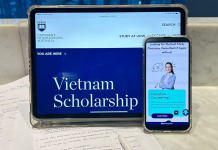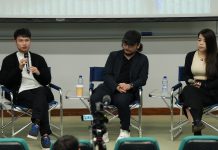These writings drew him to the political philosophy of Sun Yat-sen’s “Three Principles of the People”, namely Minzu (nationalism), Minquan (democracy) and Minsheng (people’s livelihood).
Tang said he believed history was being whitewashed in Hong Kong and recounted an experience he had when he visited an exhibition, “Centenary of China’s 1911 Revolution”, held at the Hong Kong Museum of History earlier this year.
It featured over 150 loaned exhibits from the Hubei Provincial Museum to introduce the background and success of the Wuchang Uprising on 10 October 1911 and its aftermath.
“But it did not talk about the establishment of the Republic of China. They did not even show one ‘Blue Sky with a White Sun’ flag. The flag was designed by Sun Yat-sen and Lu Hao-tung and came to be used as a national emblem of the Republic of China,” Tang said.
In response, the museum explained that the flag only became widely used after 1913 and there were two exhibits on which the flag was printed in the exhibition.
However, Tang still believes authorities are reluctant to review history as it will inevitably raise sensitive issues about re-evaluating the revolution and comparisons will be drawn between the regimes in the mainland and in Taiwan. He hopes students can get to know more about Sun Yat-sen’s political philosophy, be inspired by the spirit of the 1911 Revolution and incorporate its legacy in their own lives.
In a park in Tuen Mun, the flag of the Republic of China was raised and people sang its anthem, they bowed before the likeness of Sun Yat-sen. Four young people, wearing shirts bearing the emblems of the KMT, carried the flag and solemnly marched to the memorial column. In this rather remote corner of Hong Kong, the Flag of Blue Sky and White Sun on a Red Ground flapped in the wind and reminded those who cared to remember of all the twists and turns the Kuomintang has experienced in Hong Kong.









































